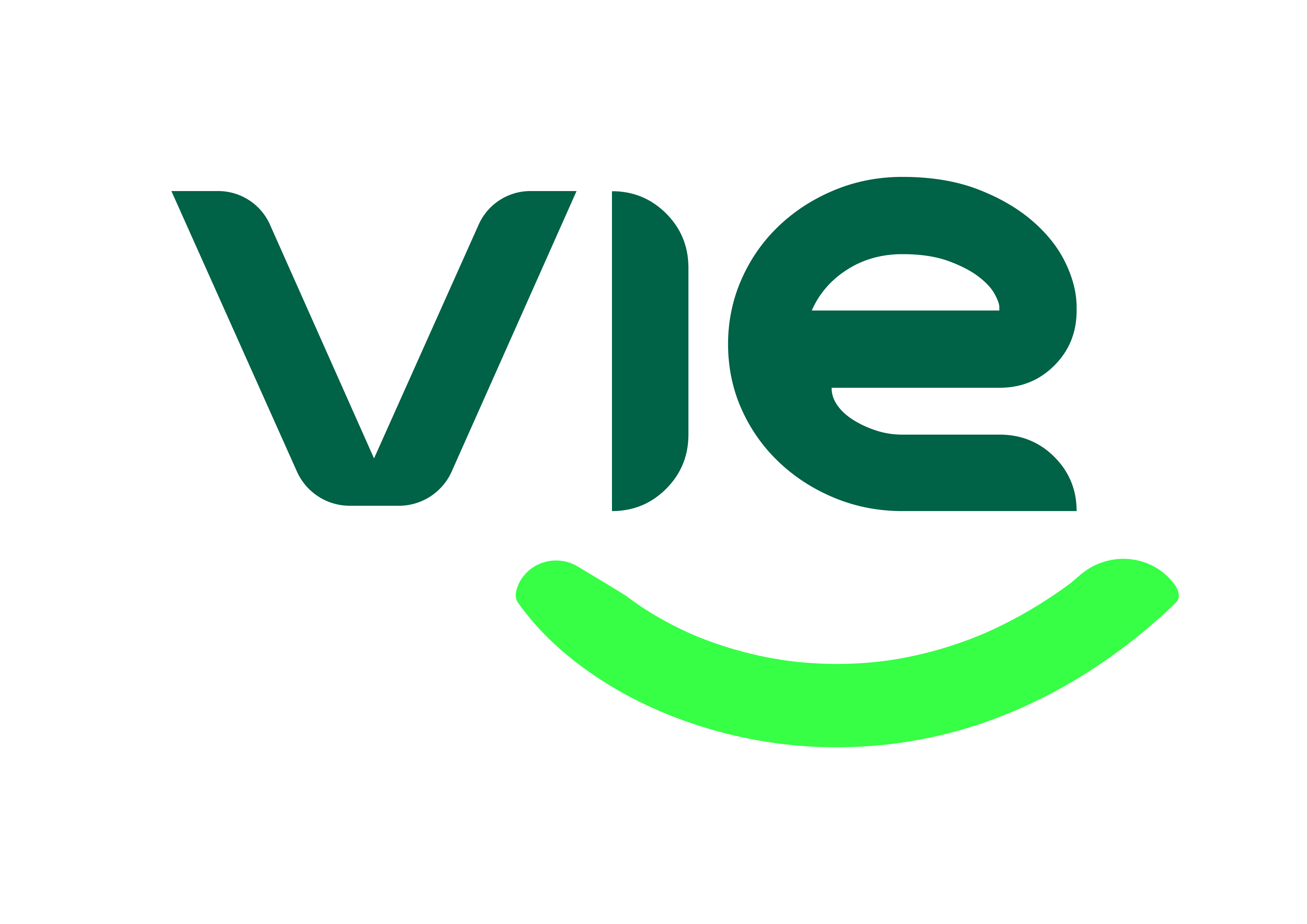Unlocking the Financial Benefits of Permanent Life Insurance as an Investment Strategy

Introduction
When It Comes to Financial Planning, Individuals Often Explore Various Investment Options to Secure Their Future and Build Wealth. While Traditional Investment Avenues Like Stocks, Bonds, and Real Estate Are Well-Known, One Strategy That Often Goes Overlooked Is the Use of Permanent Life Insurance as an Investment Tool. Permanent Life Insurance Offers a Range of Financial Benefits That Can Enhance Your Overall Investment Portfolio. In This Article, We Will Delve Into the Advantages of Using Permanent Life Insurance as an Investment Strategy.
1. Tax-Advantaged Growth
Permanent Life Insurance Policies, Such as Whole Life or Universal Life Insurance, Provide Policyholders with Tax-Advantaged Growth. The Cash Value Component of These Policies Grows on a Tax-Deferred Basis. This Means That Policyholders Do Not Pay Taxes on the Growth Within the Policy as Long as the Funds Remain Inside the Policy. By Taking Advantage of the Tax-Deferred Growth, Individuals Can Potentially Accumulate More Wealth over Time.
2. Access to Cash Value
One of the Significant Advantages of Permanent Life Insurance Is the Ability to Access the Cash Value Within the Policy. Unlike Term Life Insurance, Which Only Provides Coverage for a Specific Period, Permanent Life Insurance Builds Cash Value over Time. Policyholders Can Borrow Against the Accumulated Cash Value or Even Withdraw a Portion of It, Typically Tax-Free up to the Amount Paid in Premiums. This Liquidity Can Be Beneficial for Emergencies, Opportunities, or Supplementing Retirement Income.
3. Potential Dividends
Certain Types of Permanent Life Insurance Policies, Such as Participating Whole Life Insurance, May Provide Policyholders with the Opportunity to Earn Dividends. Dividends Are a Portion of the Insurance Company's Profits That Are Distributed to Policyholders. Policyholders Can Choose to Reinvest the Dividends to Purchase Additional Coverage or Receive Them as Cash. Dividends Can Enhance the Policy's Overall Growth and Potentially Provide an Additional Income Stream.
4. Asset Protection
Permanent Life Insurance Policies Often Offer Asset Protection Benefits. In Many Jurisdictions, the Cash Value and Death Benefit of a Life Insurance Policy Are Protected from Creditors' Claims. This Means That Even in the Face of Financial Difficulties or Legal Liabilities, the Policy's Value Remains Shielded. Asset Protection Can Provide Peace of Mind, Safeguarding Your Financial Security and Protecting Your Loved Ones' Future.
5. Estate Planning Tool
Permanent Life Insurance Can Serve as a Powerful Estate Planning Tool. The Death Benefit of a Life Insurance Policy Can Provide a Tax-Free Transfer of Wealth to Your Beneficiaries Upon Your Passing. This Can Help Your Loved Ones Cover Expenses, Pay Off Debts, and Maintain Their Financial Stability. Additionally, Life Insurance Proceeds Can Be Structured to Bypass the Probate Process, Ensuring a Smooth and Efficient Transfer of Assets.
6. Conclusion
While Permanent Life Insurance Is Primarily Known for Its Death Benefit Protection, It Offers a Range of Financial Benefits When Used as an Investment Strategy. The Tax-Advantaged Growth, Access to Cash Value, Potential Dividends, Asset Protection, and Estate Planning Advantages Make Permanent Life Insurance a Compelling Option for Individuals Looking to Enhance Their Investment Portfolio. As with Any Investment Strategy, It Is Crucial to Consult with a Qualified Financial Professional to Determine the Suitability of Permanent Life Insurance Based on Your Unique Circumstances and Goals.


